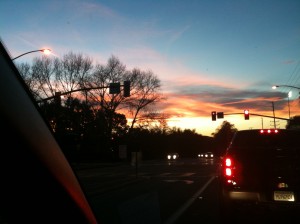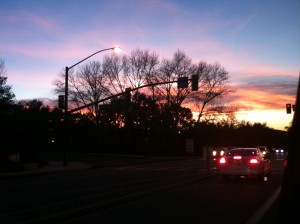Time often slips away–it’s been almost three years since my last post. I was prompted to start writing again in response to a recent statement by Representative Steve King of Iowa. So here goes…
Dear Representative King:
You recently stated, “I don’t understand how Jews in America can be Democrats first and Jewish second.” Perhaps a better question is, how can Jews in America be Republicans at all? The ideals of the Republican Party are in direct opposition to the way I was raised; they are in opposition to the way I am raising my children. I would go so far to say that the so-called values of the Republican Party are anathema.
Broadly speaking, Judaism teaches us to care for the widow, the orphan, and the stranger. Judaism permits abortion to save the life of the mother. From my Democratic perspective, Republicans seem to be more focused on banning abortion than on seeing that these new lives, once born, are housed and fed, educated, and provided with basic health care. I wonder how much could have actually been accomplished in Washington these past few years if Republican leaders had actually tried to work with Democratic leaders to govern, rather than waste time on repeated attempts to overturn the Affordable Care Act—legislation that would provide health care to those babies you want to protect, and prenatal care to those women you insist have those babies, wanted or not. Republicans want to—have—cut food stamps and other programs that provide food and shelter to these babies that you want to ensure are born.
Speaking of strangers, I’ve noticed that most Republicans seem to be opposed to immigration reform. Yet many, if not most, Americans—Republicans and Democrats alike—are descended from immigrants. Who are we to close our doors to those wishing to improve their situation, when our ancestors did the same?
Let’s not forget about the environment. We Jews are taught to take care of this world that God gave us. Yet, you don’t take care of the world by allowing fracking or pollution, or by supporting policies that favor corporations and their profits over care of the environment.
As an aside, can you explain to me how expanding background checks and banning assault rifles or armor-piercing bullets interferes with my 2nd Amendment right to bear arms (assuming my interpretation of the amendment agrees with yours, which I suspect it doesn’t)?
By the way, my membership in the Democratic Party is independent of my love of Israel. I can be a Democrat and an American Jew. I can support Israel without supporting, say, Benjamin Netanyahu and his right-wing policies. I can support Israel without supporting the building of settlements on the West Bank. And I can support Israel without supporting a two-state solution because I believe two states already exist: Israel and the Hashemite Kingdom of Jordan, which was created out of the same British Mandate of Palestine as was Israel. But that’s a whole other conversation.
Moreover, recent misbegotten attempts by Republicans at foreign policymaking have only strengthened my commitment both to the Democratic Party and to Israel. And so, in response to your wondering “how Jews in America can be Democrats first and Jewish second,” I answer that if I am to follow the ethical tradition in which I was raised, focusing on helping those who are less fortunate than I and on repairing the world and making it a better place, then what else can I be, if not a Democrat?
Sincerely,
Bryna Fischer

